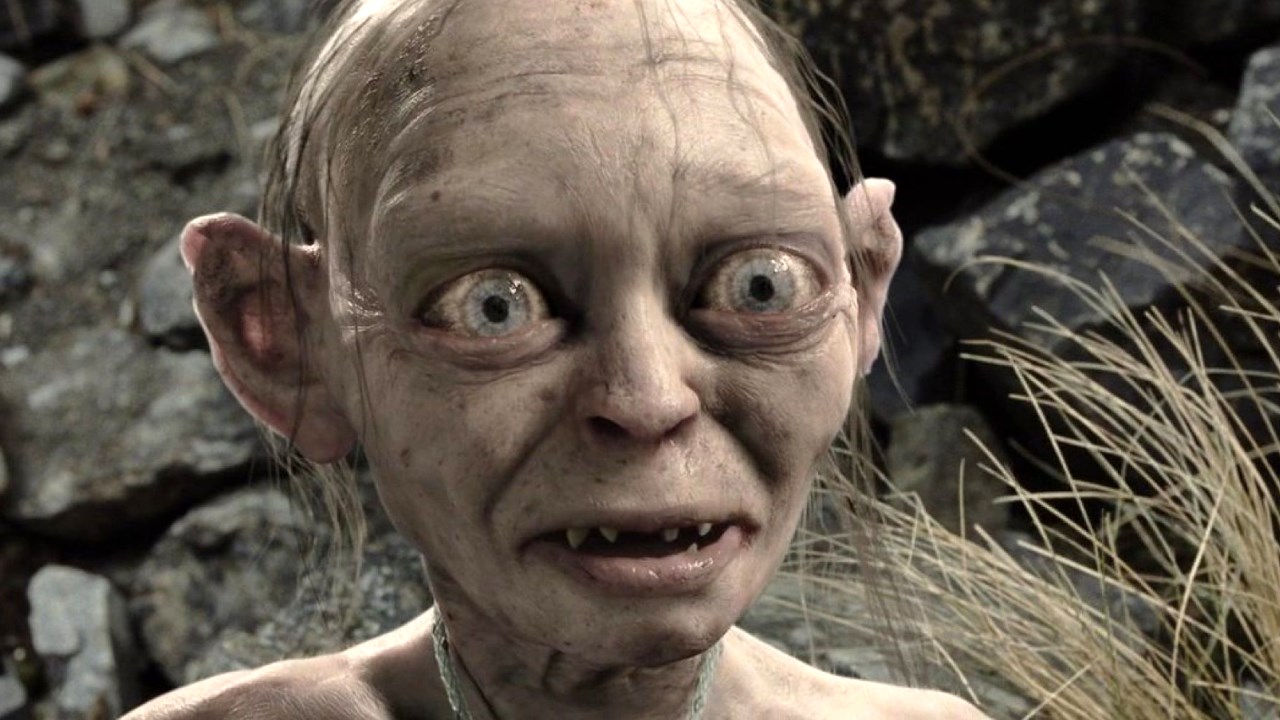

Tolkien's " The Lord of the Rings " Panagiotis V.

The process whereby this integration is achieved is gradual and the psychological experiences it entails – withdrawing projections, relinquishing the ideological constructs which justify animosity towards the Other, and recovering wholeness by recognizing the disowned portion of the Self – may all be discerned in Tolkien's novel.Ī study in J.R.R.

At the personal level, however, Tolkien is more hopeful and examines the prospect of integrating the shadow through the complex dynamic evolving between Frodo and Gollum as his Other. It is demonstrated that the collective shadow contents of Tolkien's imaginary universe, which is predominantly patriarchal, originate in the projection of Thanatos and the hostility towards the daemonic, orgiastic (and hence disruptive) elements of the feminine. The paper focuses on Tolkien's treatment of this motif with a view to exposing cultural and anthropological implications of his work, as well as his concept of personal growth, as exemplified by his protagonist Frodo. Archetypal analysis of Tolkien's narrative points to the centrality of the motif of shadow, a mythological term adopted by Jung to refer to undesirable and suppressed aspects of both the personal and collective psyche.


 0 kommentar(er)
0 kommentar(er)
